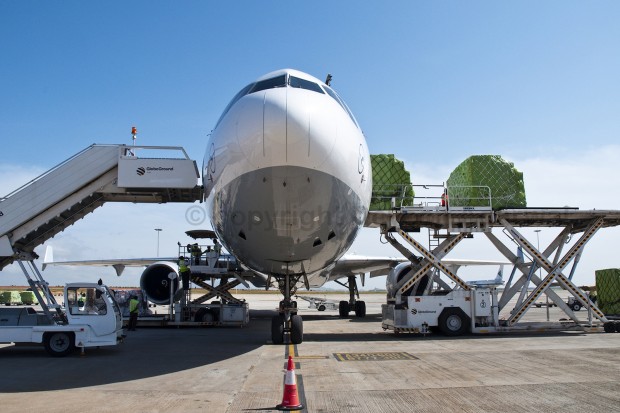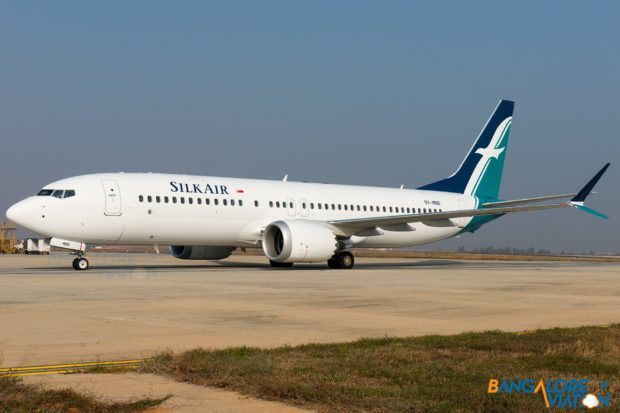The International Air Transport Association (IATA) Annual General Meeting recently concluded in Seoul. The event was quite anticipated given the unprecedented geo-political trends.
The state of the industry and key focus areas were highlighted by the Director General Alexandre de Juniac in his speech. Key points of this speech that speak to trends were:
Safety
- Flying continues to be one of the (if not the) safest forms of transport.
- 2018 saw one major accident for every 5.4 million flights.
- Over the last decade the fatal accident rate has improved by 59%
Health of the industry
- For airlines, since 2015 returns to shareholders have exceeded their aggregate cost of capital.
- However, this is not uniform and some regions continue to outperform while others struggle.
- The industry’s current net margin is 3.2%
- 2019 will be solidly profitable and collectively airlines will make a $28 billion profit.
- Demand continues to be strong and will likely double over the next two decades.
- The developing markets are expected to provide the majority new demand. India and China alone are forecast to account for around 45% of all additional passenger trips over the next two decades.
- And the cost of travel is 40% lower than a decade ago.

Photo copyright Devesh Agarwal.
Cargo
- Cargo traffic continues to decline
- Ongoing trade wars and protectionist measures will continue to impact cargo
- Rising costs for fuel, labor and infrastructure are squeezing margins
- Cargo documentation and its modernization are pending. Fifteen years after setting a vision for e-freight, the industry is yet to introduce an electronic document—the e-air waybill.
Airport & airspace capacity
- Air transport infrastructure requires a focus on cost, quality and capacity. All three elements are lacking.
- Airport capacity continues to be a challenge
- Airspace capacity and management continues to be a challenge
- With regards to slots, an industry-managed system, administered through independent slot coordinators, is the most responsive to consumer needs.
- A resolution encouraging governments in this regard was tabled
Digitization
- The industry requires a focus on digitization and standardization
- As a first step towards digitization harmonization of regulations is the ned of the hour
- In June 2008 the industry converted to 100% e-ticketing which has been a runway success
- The launch of New Distribution Capability (NDC) and ONE Order are imminent.
- Similarly, Radio Frequency Identification (RFID) for baggage and one ID — a single biometric token that will boost efficiency from check-in to boarding—are measures being worked on

The 737 Max issue
- The recent Boeing 737 MAX accidents bring to light serious questions
- Trust in the certification system has been damaged—among regulators, between regulators and the industry and with the flying public
- Any rift between regulators is not positive as it will lead to a host of issues and a loss of confidence
- The industry will require intense and focused measures towards restoring confidence
- When issues arise, coordination among regulators and with industry must improve
Environment
- The environmental impact of an individual traveler is fifty percent than it was in 1990
- CORSIA — the Carbon Offsetting and Reduction Scheme for International Aviation — will facilitate carbon-neutral growth from 2020
- 2050 net emissions by airlines will half of 2005 levels
- Sustainable aviation fuels is a unique opportunity and can reduce the carbon footprint by up to 80%.
- Reduction of carbon emissions by use of sustainable fuels requires supportive policies by governments
- Punitive environment taxes are detrimental to the overall goal
—
 Bangalore Aviation News, Reviews, Analysis and opinions of Indian Aviation
Bangalore Aviation News, Reviews, Analysis and opinions of Indian Aviation



